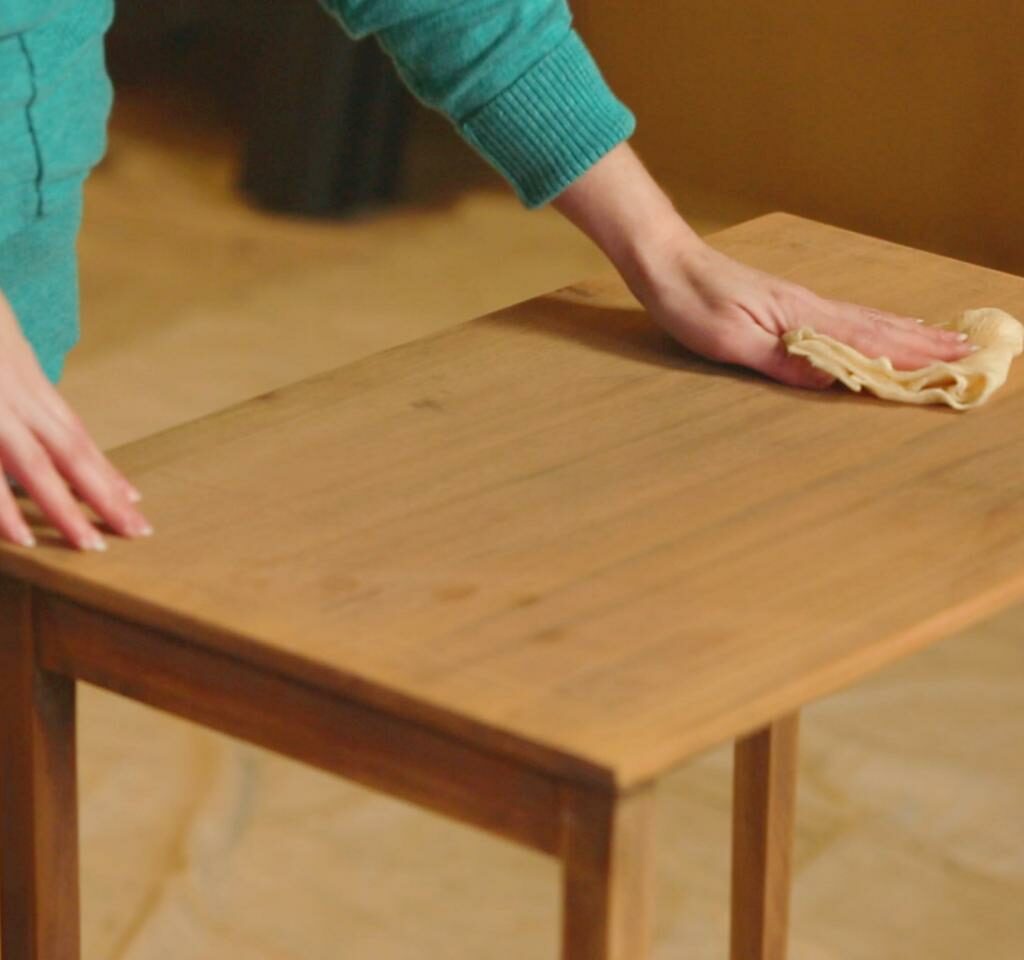Are you a resident of a hard water area and have been frustrated over the nasty deposits of calcium carbonate in your toilet bowl? With time it turns into the dark brown hideous stains that aim to ruin your hard cleaning effort, sometimes you get afraid of the visiting guests, which could be an eyewash over your neat and reflective home environment. A fresh and sparkling toilet is core to your cleanliness taste. It is a worry to see the brown dots at the bottom of porcelain bowls, which presents repulsive squats over the toilet hole. Do the messy buildups allow you to build a shining image in front of the visitors? Of course not. No matters how much effort you have put into the cleaning job of your locality, the patchy bowl due to the accumulation of calcium, magnesium, and other mineral deposits will always present a false and dirty repute of your hospitability.
How to Tackle the Removal of Toilet Stains?
Nowadays, the markets are stuffed with numerous toilet cleaners and bleach products that guarantee to remove the stiffed limescale to make your washroom shine. However, you can’t always end up with desired results; thus, solely relying on commercial cleaners is not the right choice, which might disappoint you.
We are bringing you effective methods easy to apply for better dealing with stubborn limescale.
White Vinegar: An Efficient Method of Removing Stains
The long-standing sticky stains can effectively be eliminated using strong white vinegar. It depends on the stretching surface area encompassing the stains.
For Small Area and Shallow Stains: Mix the vinegar with water in a 1:1 ratio amount, then apply the solution to the affected area followed by the scrubbing of the area.
For large Areas and Deep Stains: In this case, pour the vinegar on the affected area, making sure the full coverage of the portion. The best time to perform the job is a night for prolonged soaking. It ensures the erosion of stains and scrubbing the spots get removed, then flush the toilet to wash it away.
Eliminate the Stains Using Sand Paper:

Sometimes, after the de-staining job of deposits, some bits remain on the bowl that requires more effort to get eliminated. In this case, sandpaper appears to be effective; keep in mind to use medium-grain sandpaper for gentle removal.
Precautions: The scrubber might harm the surface of the, thus don't press hard to rapture the porcelain layer. After the process, it flushes well to get rid of the residue.
How to get rid of the Stains using Pumice Stone?
If the stains are too hard to be eliminated by gentle processes, use the pumice stone to scrub the stubborn spots. Special care is needed during this process but first, make sure to thoroughly wet the stone and the surface to not get scratches on the toilet, especially the new one.
How to Remove the spots Using Mixture of Baking Soda and Vinegar?
For this process, first, flush the toilet, which is covered with limescale, pour the white vinegar on the stains. After that, put the baking soda over them, leave it for almost half an hour. Keep in mind to put the gloves on during the entire process for safety. If the first step does not succeed in the complete removal of stains, use the cleaner mixture for the second time, then scrub it away, followed by flushing.
How to Remove Lime Scale Using Muriatic Acid?
Muriatic acid is efficient in removing the scale deposits. However, this method should be handled professionally because toxic fumes can be build up can burn skin and eyes; acid also has the potential to damage the surface of the toilet. Just pour the acid over the spots, leave it for a definite time, scrub it using a toilet brush, then flush it out.
Popular Myths For Removal of Toilet Stains
1.Coke: It is a popular myth to pour coke in the bowl over the stains, keep it for some time, if it extends over the night, it would be better, then scrub it well after that flush the toilet.
2. Note: It is not applicable for deep stains and is also not validated for the effective removal of stains. 3. Bleach: Although bleach has excellent fighting stains and killing germs, it is not ideal for toilet cleaning. As the limescale is due to the gathered iron, calcium, and other deposits, being an oxidizer bleach sewers the oxidation of iron and may cause it further rusting.
Thick consistent, and Bright Colored cleaners:
Apart from their job of strong descaling, they are notoriously damaging to other structures like aquatic life and pipes. Thus relay on bowl-specific products like cleaner PROs and bathroom sprays under the rim will disinfect and remove the deposits.
Fighting with the prolonged metals and mineral deposits in your toilet bowl as a result of constant exposure to hard water is not an easy job. It requires your precious time and attention. You can make the said task easy for you by acquiring the Global Clean Service Agency; you can enjoy sitting on a hygienic, deeply cleaned toilet without any effort and worry.

